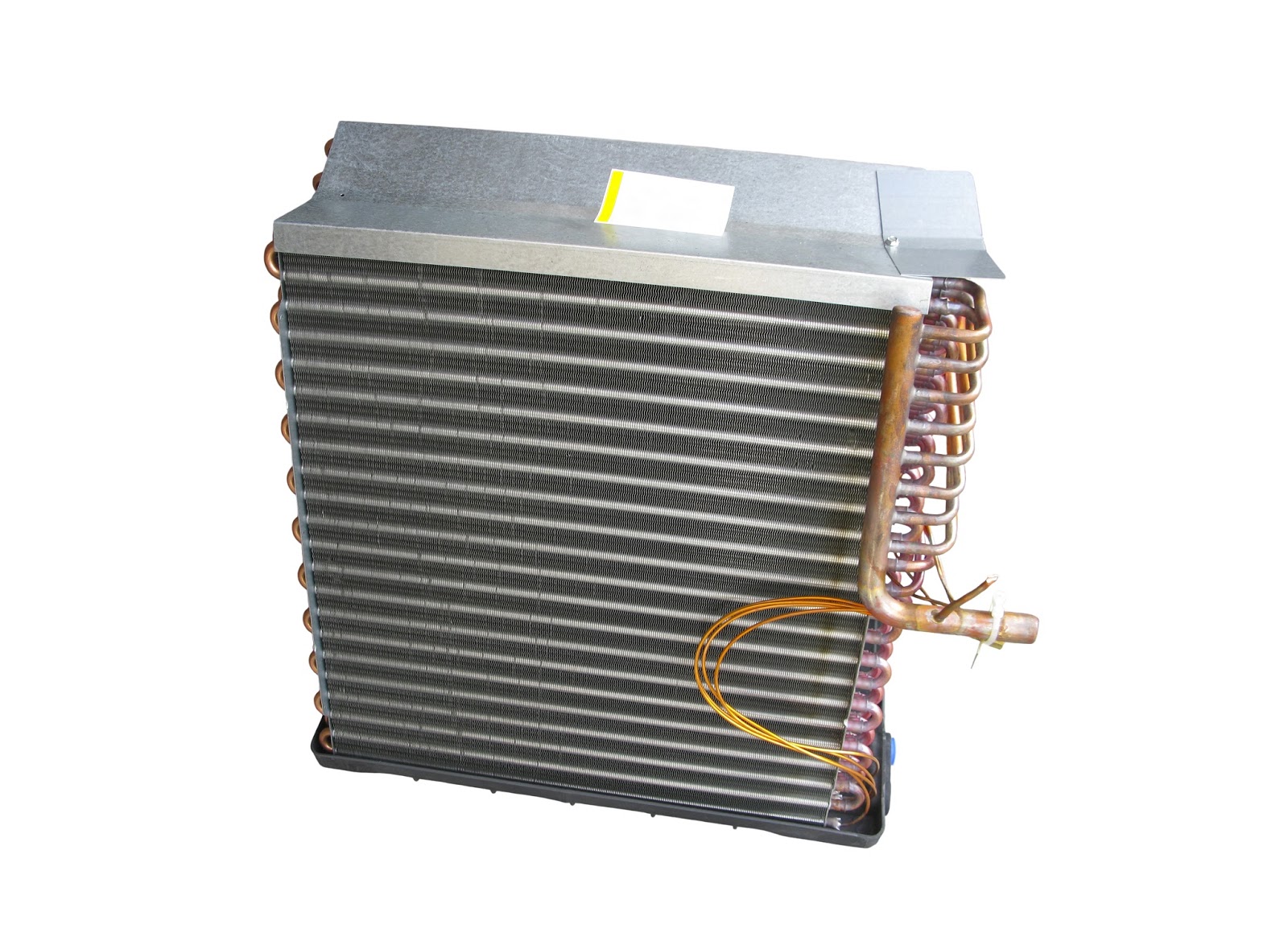Heat is a common energy component of many industrial processes. Moving or transferring heat between two media is accomplished with a wide variety of heat exchangers, which are manufactured in forms to accommodate the specific performance requirements of each process, machine, or operation.
One type of heat exchanger is the finned tube, also called the finned coil. It is commonly used when heating or cooling air, with the fins expanding the heat transfer surface of the tube for greater efficiency. Typical applications include:
- Steam to air
- Water to air
- Refrigerant to air
Eventually, all heat exchangers need either a major overhaul or replacement. The general practice with finned coils is to replace them. There are many circumstances that could lead to the unfortunate loss of the original design and construction information for the coil to be replaced. If faced with this dilemma, here are some of the information points you will need to have a replacement fabricated.
- Mounting Form: How is the coil held in place within the equipment or process? Record locations and sizes of any mounting holes or other fixtures holding the assembly in place. If there is a frame or case for the coil, measurements and a sketch or drawing of the case will be helpful.
- Construction Materials: Make a schedule of all the parts of the existing assembly and the material from which each is fabricated.
- Tubes: The outside diameter and wall thickness of the tube used in the assembly is important.
- Media: What flows inside the tubes? What flows outside the tubes?
- Inlet and Outlet Conditions: This is critical data that, if not already documented, will need to be determined in order to assure proper performance. The inlet and outlet (also referred to as “entering” and “leaving”) conditions for both media define coil performance.
- Connections: The size, type, and location of any media connections must be coordinated with existing conditions to make the new coil a true drop-in replacement.
- Circuiting: Circuiting refers to the path, or paths, the media contained within the tubes will follow. This can be difficult to communicate in some cases, as the circuiting in some finned coils can be complex. Take the time to make a drawing of both ends of the existing coil, detailing the connections made by the U-shaped tubes or headers on each end. Additionally, if there are capillary or small branching tubes that extend from the main inlet connection to several circuits, detail those too. Take photos as part of your documentation.
- Purpose and Application: Write out a description of what the heat exchanger is supposed to accomplish. Include as much detail as you know about the process media. This will be useful to the engineer attempting to process all the information you provide into a properly configured heat exchanger.
The replacement of a heat exchanger is also a good time to examine the performance delivered by the existing unit. Was it a limiting factor in the operation of the process? If so, perhaps this may be an opportunity to build in some headroom. Whatever the case, recognize that bringing in a product specialist with experience and knowledge will provide the beneficial leverage you need to get the job done right and finished on time.
